What Cable is Used for Fire Alarm Systems? 2025 Guide
Fire alarm systems are one of the most essential safety features in any building, whether it’s a residential tower, commercial office or industrial warehouse. These systems play a significant role in protecting lives and properties by alerting people in case of fire or smoke. But what makes these systems work smoothly and reliably? A key part is the cable that connects all fire alarm components together.
In this 2025 guide, we’ll help you understand what cable is used for fire alarm systems, what types are available in the UAE market, and how to choose the right one for your building in Dubai.
Why the Right Cable Matters in Fire Alarm Systems
Before we get to know different types of fire alarm cables, let’s understand why they are so important.
Fire alarm systems work by connecting various devices like smoke detectors, heat sensors, control panels, sounders and manual call points. These devices must communicate fast and reliably during emergencies. If the cable fails during a fire, the whole system could stop working, which can be life-threatening.
That’s why fire alarm cables need to be strong, heat-resistant and fire-retardant. The goal is simple: even if there’s a fire, the cable must keep working long enough to send alerts and allow people to evacuate safely.
What Cable is Used for Fire Alarm Systems? 2025 Guide
In Dubai and across the UAE, fire alarm cables must follow international standards and local civil defense rules. As of 2025, here are the main types of cables used for fire alarm systems:
1. Fire-Resistant Cables (FR Cables)
- These cables are designed to work even during a fire.
- They can handle high temperatures for a certain period, usually 2-3 hours.
- They are perfect for emergency systems like alarms, sprinklers and evacuation lights.
2. Low Smoke Zero Halogen (LSZH) Cables
- LSZH cables release very little smoke and toxic gases during a fire.
- This reduces harm to people and makes it easier to see during evacuation.
- LSZH is becoming a standard choice in Dubai, especially in public buildings.
3. MICC (Mineral Insulated Copper Clad) Cables
- These are made of copper conductors surrounded by magnesium oxide.
- Extremely reliable and offer top-level fire resistance.
- Often used in critical areas like hospitals, airports and data centers.
4. Shielded Fire Alarm Cables
- Shielding reduces electromagnetic interference (EMI) from nearby electrical cables.
- Ideal for buildings with a lot of wiring or high-voltage equipment.
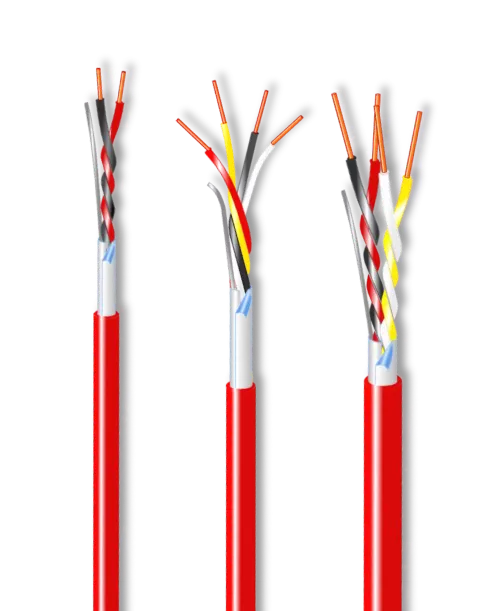
What are the Common Specifications for Fire Alarm Cables?
When choosing fire alarm cables, consider the following specifications:
- Conductor Material: Usually copper for better conductivity.
- Insulation: Materials like PVC, LSZH or silicone depending on fire resistance.
- Core Size: Common sizes include 1.5mm², 2.5mm² depending on the system load.
- Color Coding: Red is often used to easily identify fire alarm cables.
- Number of Cores: Can range from 2-core to 4-core or more depending on the system.
- Voltage Rating: Most fire alarm cables are rated for 300/500V or 600/1000V.
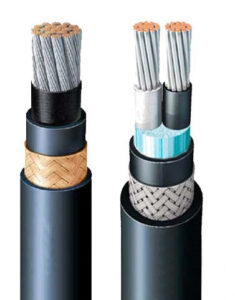
Key Considerations When Selecting Fire Alarm Cables in Dubai
Here’s what you need to keep in mind when choosing the right cable for your fire alarm system:
1. Compliance with Dubai Civil Defense (DCD)
Dubai has strict fire safety codes. Your cables must be approved by Dubai Civil Defense and follow local building regulations.
2. Type of Building
High-rise buildings, malls, hospitals and schools may require more durable cables like MICC or LSZH due to high traffic and risk levels.
3. System Design
Different fire alarm systems conventional vs addressable may require different cable types and specifications.
4. Length and Route
Consider the cable route inside the building. If it’s close to power lines or in areas with EMI, choose shielded cables.
5. Heat and Fire Duration Rating
Make sure the cable can withstand fire for at least 2 hours to ensure system performance during emergencies.
Trends in Fire Alarm Cabling in 2025
Technology is evolving, and so are safety standards. In 2025, the trend is moving toward smarter, safer and more eco-friendly solutions. Here are some updates to keep an eye on:
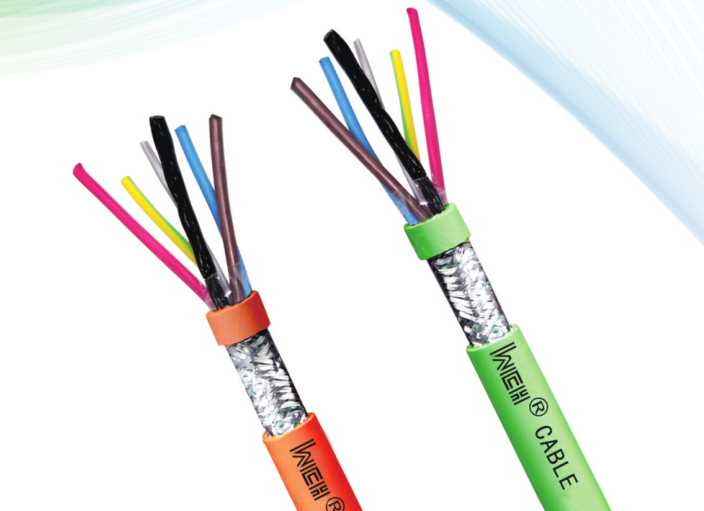
Smart Fire Alarm Systems
With the rise of smart buildings in Dubai, more fire alarm systems are integrated with IoT devices and BMS (Building Management Systems). This requires higher-quality and low-interference cables.
More LSZH Cables
Due to increasing safety awareness, more buildings are using Low Smoke Zero Halogen cables as a standard, not just an option.
Green and Sustainable Materials
Developers in the UAE are now focusing on sustainable construction. Cables made from recyclable and non-toxic materials are gaining popularity.
Wireless Fire Alarm Systems (Limited Areas)
Though not cable-based, wireless fire alarms are being tested in small buildings. But cables still remain the most reliable and approved choice for critical infrastructure.
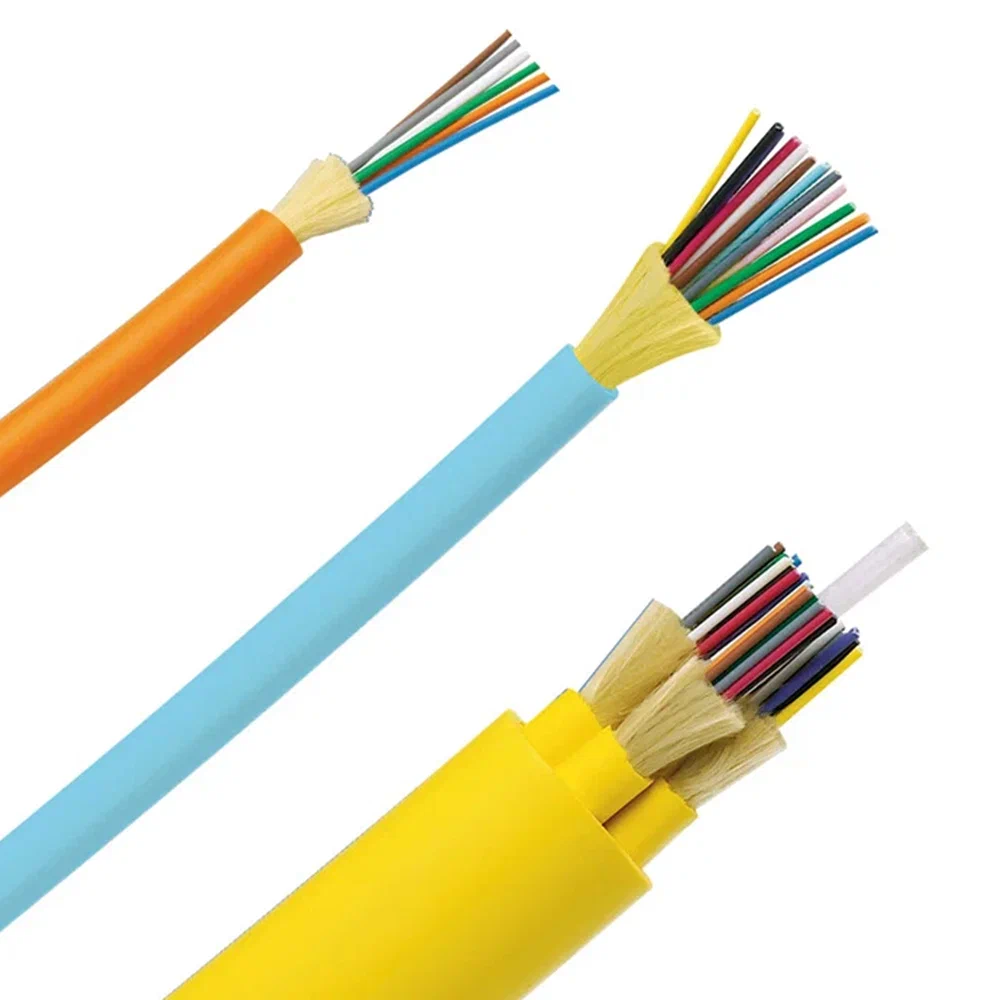
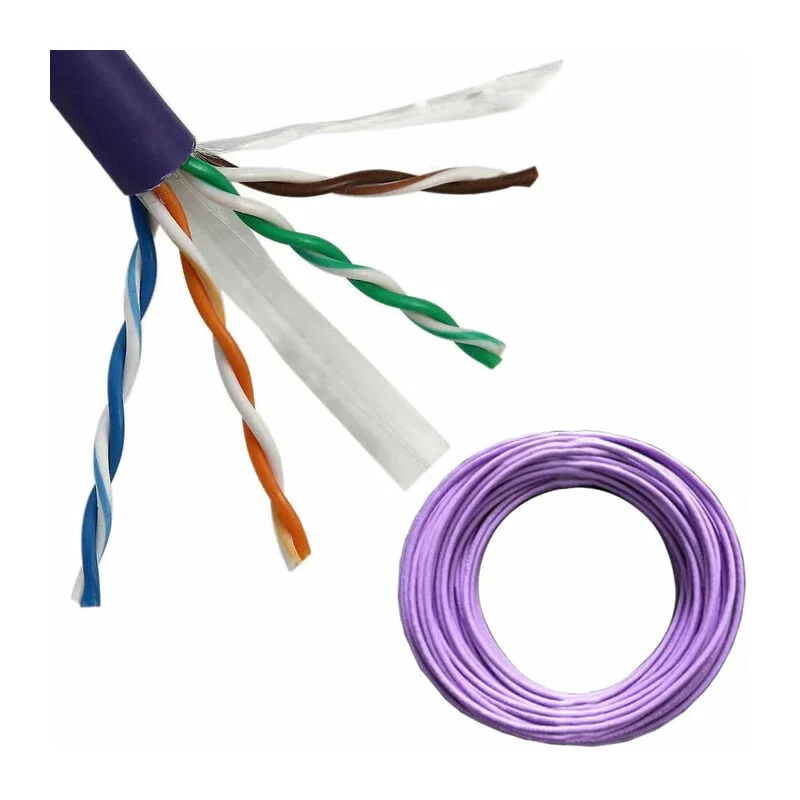
Tips for Installing Fire Alarm Cables
Installing fire alarm cables the right way is just as important as choosing them. Here are some expert tips:
- Use cable trays or conduits to protect cables from physical damage.
- Avoid routing near high-voltage wires to reduce interference.
- Label all cables clearly for easy identification during maintenance.
- Test the system after installation to ensure smooth communication between devices.
- Hire certified technicians for installation to meet UAE safety standards.
Conclusion
To sum up, choosing the right cable for your fire alarm system is not just about performance, but also about saving lives and protecting property. In Dubai, where safety and compliance are top priorities, using fire-rated, LSZH and DCD-approved cables is necessary.
Whether you are planning a new project or upgrading an existing one, make sure your fire alarm cabling meets 2025 standards.
If you are unsure about which cable to choose or how to install it, you can always reach out to experts at Cable Zone Technology. With years of experience in the Dubai market and a wide range of high-quality products, we are your reliable partner for fire alarm solutions in the UAE.
Quick Links
What we offer
- Commercially competitive prices
- Reliable & consistent quality
- Reliable & timely delivery
- A targeted stocking policy
- Technical support for Projects
Contact
- Shop No. S61 Ahmed Mohammed Baghlaf, Naif, Deira, Dubai, UAE
- +971 55 418 5686
- +971 4 558 4670
- cablezonetech@gmail.com
- sales@cablezonetechnology.com
Copyright © 2025 Cable Zone | All Rights Reserved. Powered by DEDOTE
